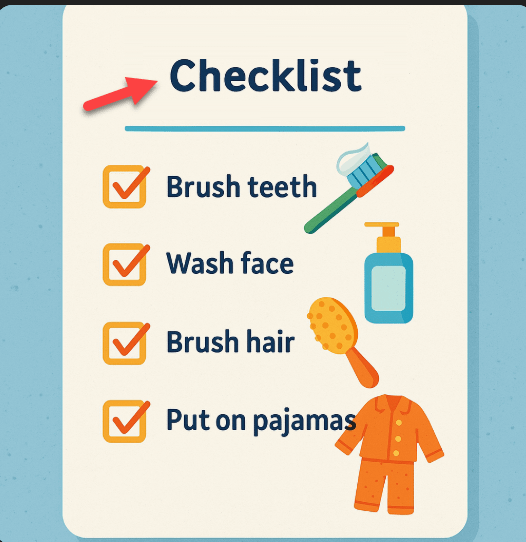Let’s be real—getting your child to wipe properly can feel like a full-time job. But what if there was a better, cleaner, and more sustainable way? Bidets are growing in popularity in family homes—and with good reason. Teaching kids to use a bidet not only improves hygiene but also builds their confidence, independence, and respect for the planet.
Why Should Kids Use a Bidet?
Bidets aren’t just for adults anymore. They’re becoming essential tools for families who value hygiene and want to avoid messy bathroom cleanups. Here’s why they’re great for kids:
- Cleaner than toilet paper: Water does a more thorough job, helping prevent rashes, irritation, and infections.
- Eco-friendly: Bidets drastically reduce toilet paper usage—good for your wallet and even better for the environment.
- Gentle on sensitive skin: Especially helpful for toddlers or kids with eczema or skin conditions.
- Encourages independence: Learning to use a bidet gives children more control over personal hygiene.
“Using water to clean is more hygienic and environmentally sound than toilet paper alone.” — Dr. Carmen Woods, Pediatric Health Consultant
What’s the Best Age to Introduce a Bidet?
There’s no “perfect” age, but you can introduce the concept early and adjust your teaching as your child grows. Here’s a breakdown by age group:
Toddlers (2–3 Years)
This is when potty training begins. Let your toddler observe family members using the bidet. Use fun terms like “magic water sprayer” to explain. Supervised use with low pressure and warm water can be a positive first step.
Preschoolers (3–5 Years)
Kids at this stage learn by copying. Try creating a simple bathroom routine: “Wash with water, dry, flush, wash hands.” Use visual charts or playful songs to help them remember.
Elementary (6–10 Years)
This is the golden age for teaching self-care. Children can operate child-friendly bidets on their own with a bit of guidance. Offer praise when they follow the routine properly.
Pre-teens (11–12+)
By now, kids value privacy and independence. Reinforce hygiene habits as part of growing up. Let them choose their bidet settings and respect their space while checking in occasionally.
How to Choose a Kid-Friendly Bidet
Not every bidet is created equal—especially when you have small hands and a growing curiosity involved. Here’s what to look for:
- Adjustable pressure & temperature: Gentle options reduce fear and discomfort.
- Easy-to-use controls: Large buttons or dials are best for young users.
- Booster seat compatibility: Makes bidet use easier for smaller kids.
- Handheld vs. built-in: Handheld bidets give parents more control during training, while built-in models support independent use.
Step-by-Step Guide to Teaching Kids to Use a Bidet
Ready to start? Here’s a simple, foolproof guide that works for most ages:
- Explain the process. Use clear, friendly language: “First, we rinse, then we dry, then we wash our hands.”
- Demonstrate or guide. Show how to sit safely, position hands, and activate the bidet.
- Dry off. Use a clean towel or toilet paper to pat dry gently.
- Reinforce handwashing. This is a non-negotiable final step.
💡 Pro tip: Turn it into a game or routine with a sticker chart or timer. Positive reinforcement works wonders!
Tips to Make Bidet Training Easier (and Fun!)
- Keep it playful: Create silly songs or use animated videos to explain how a bidet works.
- Offer rewards: Celebrate milestones like “first solo spray” or “no reminders today!”
- Respect resistance: Some kids might be nervous. Don’t push—introduce the bidet gradually.
- Make it part of the routine: The more consistent you are, the faster they’ll learn.
Cultural and Social Considerations
If your child is the only one using a bidet in their peer group, they may have questions. Normalize the experience by talking about global hygiene practices. “In countries like Japan, Italy, and South Korea, bidets are common in almost every bathroom,” you might say.
Teach bathroom etiquette, too—like not splashing water and always cleaning up after use. These small habits teach respect for others and shared spaces.
Supporting Children with Special Needs
Children with physical disabilities, sensory sensitivities, or neurodiverse conditions may benefit greatly from bidets. They reduce physical strain and simplify cleanup.
Adapt teaching methods to your child’s learning style. Use visual guides, physical prompts or involve occupational therapists if needed. Bidets can make bathroom time far less stressful.
Avoiding Common Pitfalls
- Don’t force it: Let your child warm up to the idea at their own pace.
- Keep it simple: Focus on the basics. Fancy features can come later.
- Maintain the bidet: A malfunctioning or dirty unit can ruin the experience. Keep it clean and functional.
Building Lifelong Hygiene Habits
The end goal? Confident, clean kids who can handle their hygiene without stress. Build repetition into daily routines and slowly remove assistance as they gain skills.
Empower your child by treating self-care like a grown-up responsibility. Praise progress and remind them that taking care of their body is an act of self-respect.
Conclusion: A Cleaner Future Starts Now
Teaching children to use a bidet may seem tricky at first, but it’s an investment in better hygiene, a greener planet, and confident kids. With patience, playfulness, and the right tools, your child can master the bidet in no time.
Start young, be consistent, and celebrate every small win. Because clean habits start at home—and a bidet might just be the parenting hack you didn’t know you needed.










